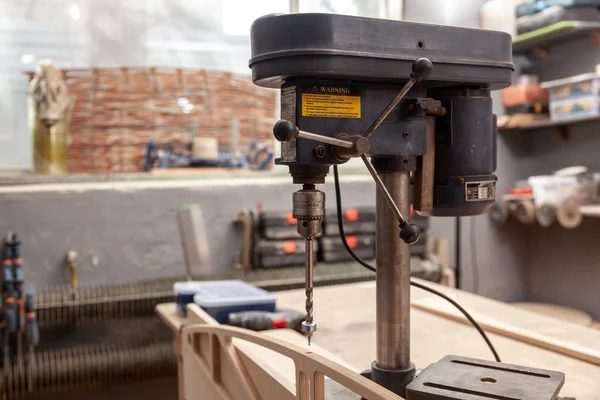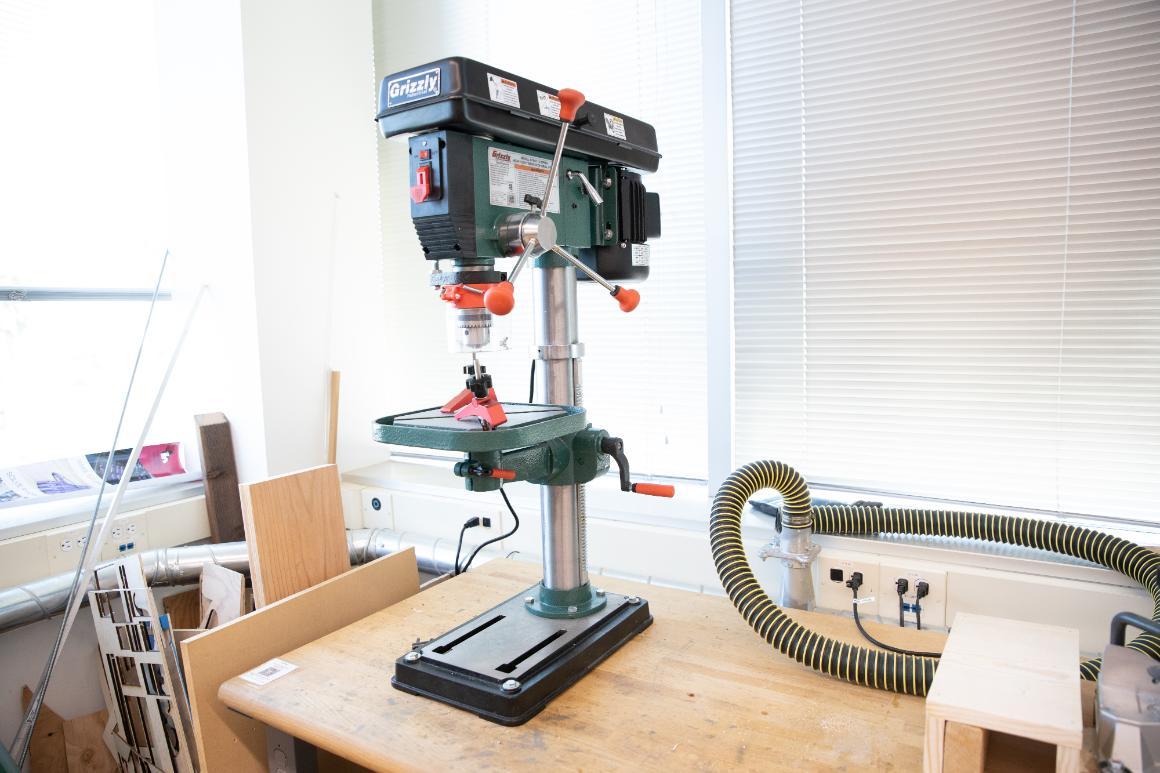The question ‘What is the throat capacity of a drill press?’ often baffles many, especially those new to the field or in industry QA professions. In this article, we aim to provide a comprehensive understanding of the concept and delve into its significance.

Understanding the Basics
What is Throat Capacity?
The throat capacity of a drill press is the distance between the drill bit and the support column. Essentially, it determines the maximum diameter of the material you can drill. This is a critical metric for industry professionals who need precise and consistent drilling capabilities.
Why is it Important?
Throat capacity is vital for many applications. Whether you’re working in manufacturing, aerospace, or QA, knowing this measurement helps ensure that you can handle various materials with different diameters effectively.
Drill Presses in Industry
Applications in Manufacturing
Manufacturers rely heavily on drill presses with specific throat capacities to drill holes in large machinery parts without repositioning the material. This ensures efficiency and accuracy.
Role in Quality Assurance
For QA professionals, the throat capacity can make or break a project. Accurate measurements directly impact the integrity and performance of the final product.
Different Types of Drill Presses
Benchtop Drill Press
Benchtop drill presses offer smaller throat capacities, making them suitable for light-duty tasks. Their compact size is ideal for small workshops and precision-focused activities.
Floor Drill Press
Floor models, with their larger throat capacities, cater to heavy-duty industrial applications. These drill presses can handle large materials and high volumes of work.
Throat Capacity Measurement
How it is Measured
Measuring the throat capacity involves identifying the distance from the drill bit to the column of the drill press. This can be done using a tape measure or specialized tools provided by the manufacturer.
For more detailed guidelines on measuring throat capacity, you can refer to this external resource.
Case Studies and Real-World Applications
Throat Capacity in Aerospace
In the aerospace industry, drill presses with specific throat capacities are essential for fabricating large parts. Inaccurate measurements can lead to catastrophic failures in the field.
Using Drill Presses in Construction
Construction projects also depend on drill presses for various tasks, from drilling holes in pillars to preparing metal frameworks. Ensuring the right throat capacity is vital for structural integrity.
Challenges and Solutions
Common Issues
One common issue is the limitation imposed by the drill press’s throat capacity. Professionals often face challenges when working with materials that exceed this measurement.
How to Overcome Them
Overcoming these challenges requires careful planning and selecting the right drill press for specific tasks. Upgrading to a model with a larger throat capacity is often the solution.
Future of Drill Press Technology
Technological Advancements
As technology progresses, we expect drill presses to become more versatile, with adjustable throat capacities and enhanced precision features. The future is bright for professionals who rely on these tools.
Upcoming Innovations
Innovations like automated adjustments and IoT integration are set to revolutionize the field, offering unprecedented convenience and accuracy.

FAQ
What is the significance of throat capacity in drill presses?
The throat capacity determines the maximum diameter of the material you can drill, impacting the efficiency and accuracy of your work.
Can throat capacity be adjusted?
While traditional models have fixed throat capacities, newer models offer adjustable settings, providing greater flexibility.
How do I measure throat capacity?
You can measure it by identifying the distance from the drill bit to the column. A precise measurement is crucial for selecting the right drill press.
For further information on different types and specifications of drill presses, visit this external link.